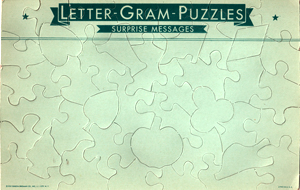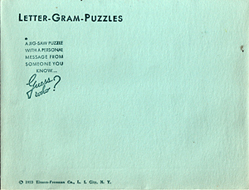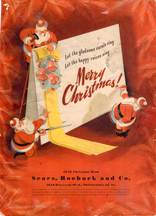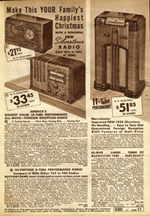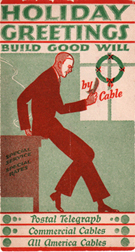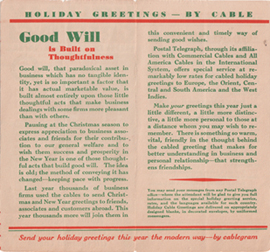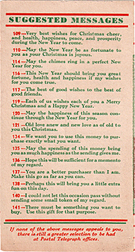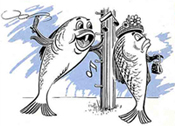 We love this 1951 collection of kitchen tips and short cuts mostly for the graphics (we wish we knew the name of the artist responsible for them; we would gladly give due credit, if we could). The tips are kind of interesting, too, but we spend so little time in the kitchen that we haven’t much use for them.
We love this 1951 collection of kitchen tips and short cuts mostly for the graphics (we wish we knew the name of the artist responsible for them; we would gladly give due credit, if we could). The tips are kind of interesting, too, but we spend so little time in the kitchen that we haven’t much use for them.
But we hope that the cooks among you will give them a try and report back to let us know how they worked out.


